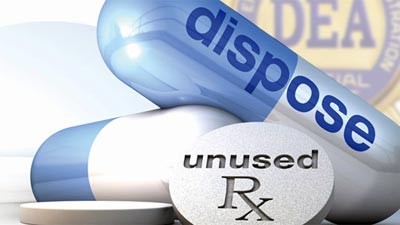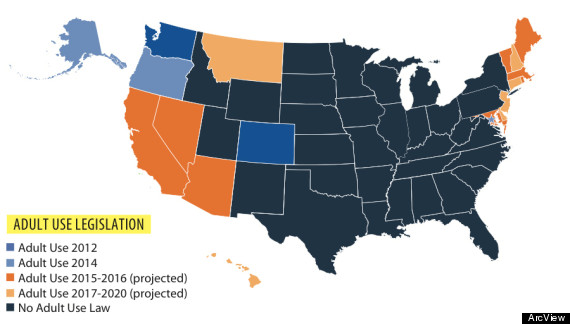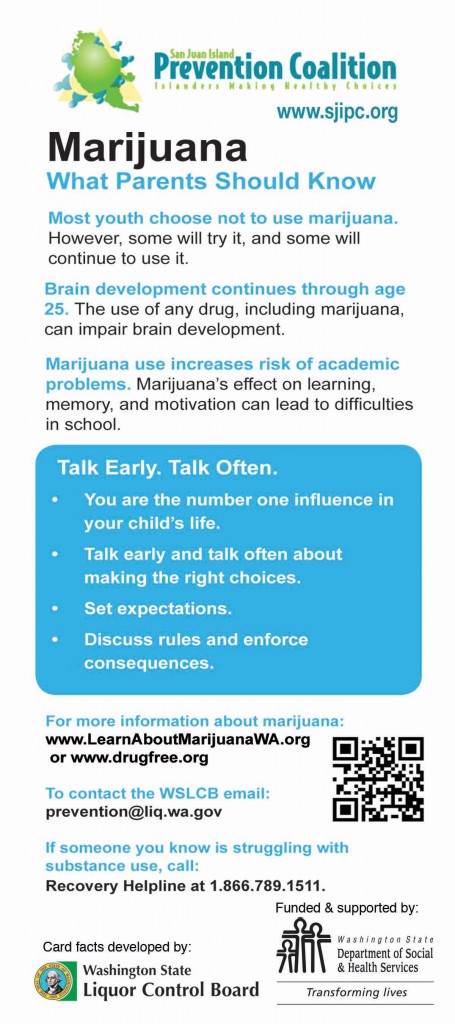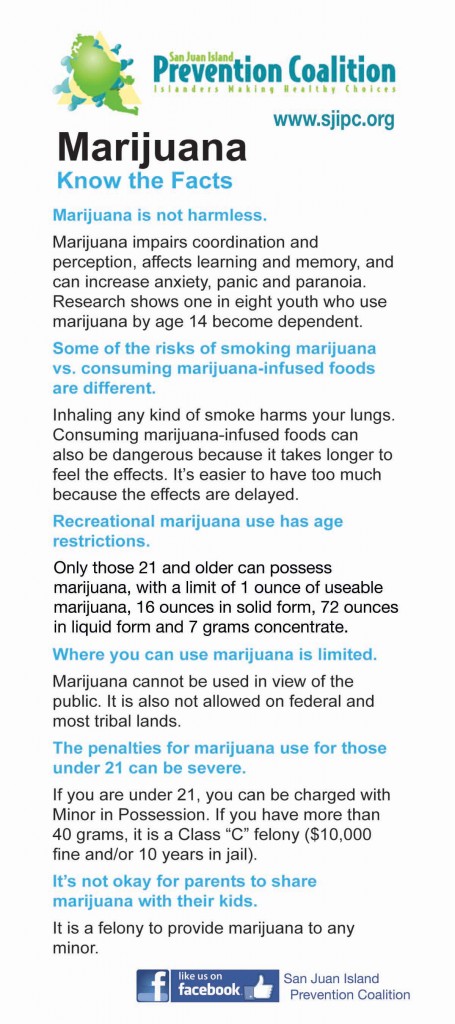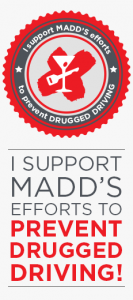Legal Marijuana Is The Fastest-Growing Industry In The U.S.: Report
Legal marijuana is the fastest-growing industry in the United States and if the trend toward legalization spreads to all 50 states, marijuana could become larger than the organic food industry, according to a new report obtained by The Huffington Post.
Researchers from The ArcView Group, a cannabis industry investment and research firm based in Oakland, California, found that the U.S. market for legal cannabis grew 74 percent in 2014 to $2.7 billion, up from $1.5 billion in 2013.
The group surveyed hundreds of medical and recreational marijuana retailers in states where sales are legal, as well as ancillary business operators and independent cultivators of the plant, over the course of seven months during 2013 and 2014. ArcView also compiled data from state agencies, nonprofit organizations and private companies in the marijuana industry for a more complete look at the marketplace.
“In the last year, the rise of the cannabis industry went from an interesting cocktail conversation to being taken seriously as the fastest growing industry in America,” Troy Dayton, CEO of The ArcView Group and publisher of the third edition of the State of Legal Marijuana Markets, said in the executive summary of the report. “At this point, it’s hard to imagine that any serious businessperson who is paying attention hasn’t spent some time thinking about the possibilities in this market.”
Graph courtesy of ArcView Market Research.
The report also projects a strong year for legal marijuana in 2015 and projects 32 percent growth in the market. Dayton said that places “cannabis in the top spot” when compared with other fast-growing industries.
Over the next five years, the marijuana industry is expected to continue to grow, with ArcView predicting that 14 more states will legalize recreational marijuana and two more states will legalize medical marijuana. At least 10 states are already considering legalizing recreational marijuana in just the next two years through ballot measures or state legislatures.
To date, four states — Colorado, Washington, Alaska and Oregon — have legalized retail marijuana. Washington, D.C., voters also legalized recreational marijuana use, but sales currently remain banned. Twenty-three states have legalized medical cannabis. Still, marijuana remains illegal at the federal level.
The report projects that, by 2019, all of the state-legal marijuana markets combined will make for a potential overall market worth almost $11 billion annually.
Graph courtesy of ArcView Market Research.
The report also breaks out some interesting marijuana trends from around the nation. California still has the largest legal cannabis market in the U.S., at $1.3 billion. Arizona was found to have the fastest-growing major marijuana market in 2014, expanding to $155 million, up more than $120 million from the previous year. Medical marijuana is already legal in Arizona and California and recreational legalization measures are likely to appear on the 2016 ballots in both states.
More than 1.5 million shoppers purchased legal marijuana from a dispensary, either medical or recreational, in 2014. Five states now boast marijuana markets that are larger than $100 million, and in Colorado and Washington — the first states to open retail marijuana shops in the U.S. — consumers bought $370 million in marijuana products last year.
Oregon and Alaska are expected to add a combined $275 million in retail marijuana sales in their first year of operation, the report projects. And while D.C. has also legalized recreational marijuana use, ArcView couldn’t project a market size in the District because of an ongoing attempt by congressional Republicans to block the new law.
Graph courtesy of ArcView Market Research.
The huge growth potential of the industry appears to be limited only by the possibility of states rejecting the loosening of their drug laws. The report projects a marijuana industry that could be more valuable than the entire organic food industry — that is, if the legalization trend continues to the point that all 50 states legalize recreational marijuana. The total market value of all states legalizing marijuana would top $36.8 billion — more than $3 billion larger than the organic food industry.
“These are exciting times,” Dayton said in the executive summary, “and new millionaires and possibly billionaires are about to be made, while simultaneously society will become safer and freer.”
http://www.huffingtonpost.com/2015/01/25/marijuana-industry-fastest-growing_n_6540166.html




